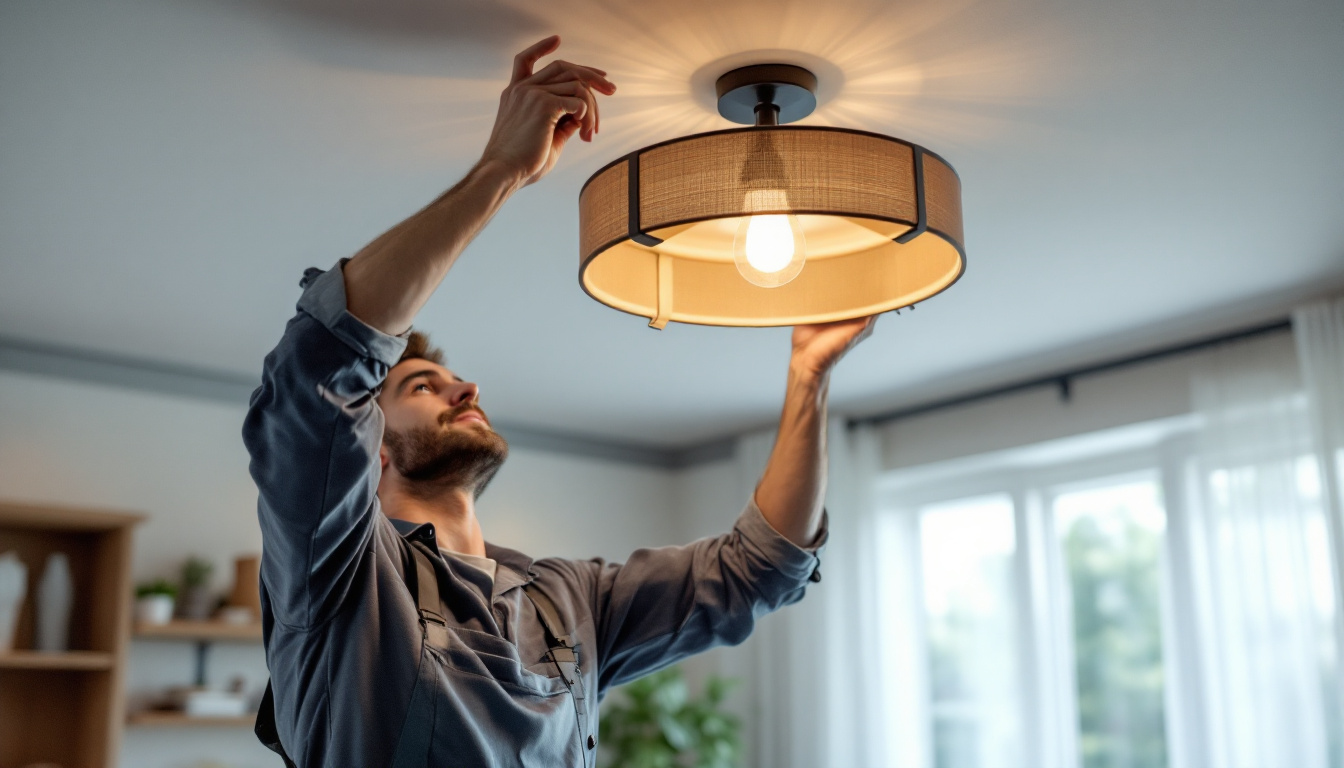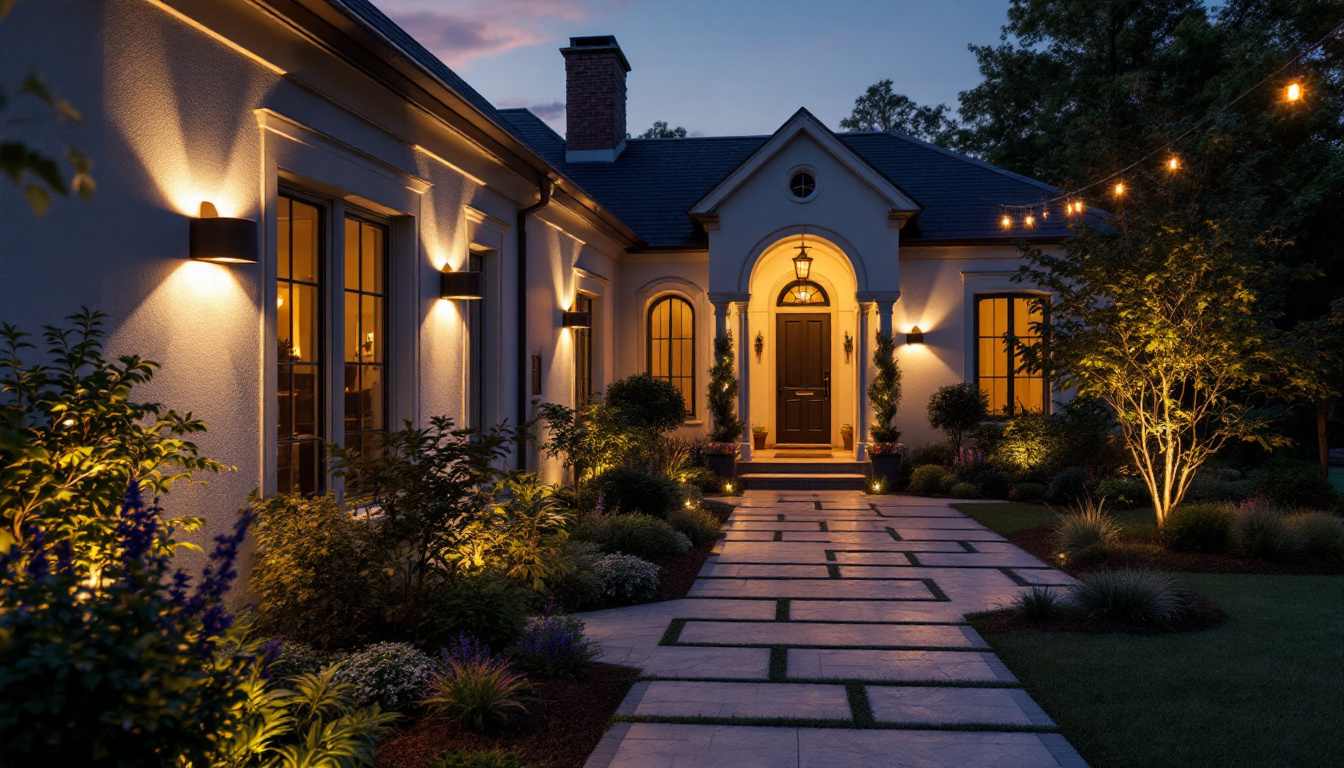

In the world of lighting design and installation, the ceiling light can is an essential component that every lighting contractor should be well-acquainted with. This fixture not only provides illumination but also plays a crucial role in the aesthetic and functional aspects of a space. Understanding the importance of ceiling light cans can significantly enhance the quality of work delivered by contractors, ensuring customer satisfaction and project success.
Ceiling light cans, also known as recessed lighting fixtures, are designed to be installed into the ceiling, allowing the light source to be hidden from view. This design creates a sleek and modern look, making it a popular choice for both residential and commercial spaces. The versatility of ceiling light cans allows them to be used in various applications, from accent lighting to general illumination. Their unobtrusive nature means they can blend seamlessly into any decor, providing a clean aesthetic that enhances the overall design of a room.
In addition to their visual appeal, ceiling light cans are also highly functional. They can be used to create layered lighting schemes, combining ambient, task, and accent lighting to achieve a well-balanced illumination throughout a space. This adaptability makes them an excellent choice for different settings, whether it’s a cozy living room, a bustling kitchen, or a professional office environment. Furthermore, with advancements in technology, many ceiling light cans now come with smart features, allowing users to control brightness and color temperature via mobile apps or voice commands, adding an extra layer of convenience and customization.
There are several types of ceiling light cans available in the market, each designed for specific applications and environments. Understanding these types is crucial for lighting contractors as it enables them to recommend the best options to their clients.
Additionally, there are specialty cans designed for specific environments, such as wet-rated cans for bathrooms or outdoor spaces, which are built to withstand moisture and humidity. There are also adjustable or gimbal cans that allow for directional lighting, making them perfect for highlighting artwork or architectural details. This variety ensures that there is a ceiling light can suitable for nearly any lighting need, enhancing both functionality and style.
The advantages of incorporating ceiling light cans into lighting designs are numerous. For contractors, understanding these benefits can help in making informed decisions that enhance project outcomes.
Moreover, ceiling light cans are energy-efficient, especially when equipped with LED bulbs, which consume significantly less power than traditional incandescent options. This not only reduces energy bills but also contributes to a more sustainable living environment. The longevity of LED bulbs, often lasting up to 25,000 hours, means less frequent replacements, further enhancing their cost-effectiveness. Additionally, the ability to dim many recessed lighting fixtures allows for greater control over the atmosphere of a space, making them perfect for both lively gatherings and quiet evenings at home.
Proper installation is critical for the performance and longevity of ceiling light cans. Lighting contractors must be aware of several key factors to ensure successful installations.
Before installing ceiling light cans, it is essential to understand the electrical requirements. Contractors should assess the existing wiring and ensure that it can support the additional load of the new fixtures. This includes checking the circuit capacity and ensuring compliance with local electrical codes.
Additionally, using compatible dimmer switches can enhance the functionality of the lighting system. Many homeowners appreciate the ability to adjust lighting levels according to their preferences, making dimmable ceiling light cans a popular choice.
Determining the optimal placement and spacing of ceiling light cans is crucial for achieving even illumination throughout a space. A common guideline is to space the cans approximately 4 to 6 feet apart, depending on the height of the ceiling and the desired brightness.
In areas with higher ceilings, such as living rooms or commercial spaces, contractors may need to adjust the spacing to ensure adequate light coverage. Additionally, placing cans strategically to avoid shadows and dark spots can significantly enhance the overall lighting design.
The choice of bulbs used in ceiling light cans can dramatically affect the quality of light produced. Lighting contractors should consider several factors when selecting bulbs for their projects.
energy-efficient bulbs, such as LEDs, have become increasingly popular due to their long lifespan and lower energy consumption. Contractors should educate clients on the benefits of using LED bulbs in ceiling light cans, including reduced electricity bills and less frequent replacements.
Moreover, many LED options now come in various color temperatures, allowing for customization of the lighting atmosphere. Whether a warm, cozy glow or a bright, daylight effect is desired, there are LED bulbs available to meet those needs.
The Color Rendering Index (CRI) is a crucial factor in bulb selection, as it measures how accurately a light source displays colors compared to natural light. A higher CRI rating (above 90) is ideal for spaces where color accuracy is essential, such as art studios or retail environments.
Contractors should be aware of the CRI ratings of the bulbs they recommend, ensuring that clients receive the best lighting solutions for their specific applications.
Even experienced lighting contractors can make mistakes during the installation of ceiling light cans. Being aware of common pitfalls can help prevent issues that may arise during or after the installation process.
One of the most significant mistakes is failing to consider insulation requirements. For IC-rated cans, ensuring that they are installed correctly in insulated ceilings is crucial for safety and efficiency. Neglecting this can lead to overheating and potential fire hazards.
Contractors should always verify the type of can being used and follow the manufacturer’s guidelines regarding insulation contact to avoid costly mistakes.
Another common error is improper wiring techniques. It is vital to follow best practices for electrical connections, including using wire nuts and ensuring that connections are secure. Loose connections can lead to flickering lights or even electrical failures.
Contractors should also take care to label circuits correctly, making future maintenance and troubleshooting easier for both themselves and their clients.
Once ceiling light cans are installed, ongoing maintenance is essential to ensure their longevity and performance. Lighting contractors should provide clients with guidance on how to care for their fixtures.
Dust and debris can accumulate on ceiling light cans over time, affecting their performance and appearance. Regular cleaning can help maintain optimal light output and prolong the life of the fixtures. Contractors should recommend a simple cleaning routine, such as using a soft cloth or a duster to remove dust from the exterior.
For more thorough cleaning, clients can turn off the power and remove the bulbs to clean the interior of the cans. However, this should be done with caution to avoid damaging the fixtures.
Lighting contractors should be prepared to troubleshoot common issues that may arise with ceiling light cans. Flickering lights, for example, can often be traced back to loose connections or incompatible dimmer switches. Educating clients on these issues can empower them to address minor problems without needing a service call.
Additionally, if a bulb burns out, contractors should advise clients on the importance of replacing it promptly to avoid putting additional strain on the remaining bulbs in the circuit.
Ceiling light cans are an indispensable element of modern lighting design, offering both aesthetic appeal and functional benefits. For lighting contractors, understanding the various types of cans, installation requirements, bulb options, and maintenance practices is essential for delivering high-quality work.
By avoiding common mistakes and providing clients with valuable insights, contractors can enhance their reputation and ensure customer satisfaction. As the demand for innovative lighting solutions continues to grow, the ceiling light can will remain a vital tool in the contractor’s arsenal.
Incorporating ceiling light cans into projects not only elevates the overall design but also meets the diverse needs of clients, making it a necessary consideration for every lighting contractor.
Ready to elevate your lighting projects with the best ceiling light cans on the market? Look no further than LumenWholesale. We provide contractors with the highest quality, spec-grade lighting products at prices that can’t be beaten. Our extensive selection is designed to meet your every need, ensuring reliability and performance for any project. Plus, with free shipping on bulk orders, you can stock up on premium lighting without worrying about extra costs. Don’t compromise on quality or value — Wholesale Lighting at the Best Value is just a click away.

Discover essential insights for lighting contractors on hazardous location lighting.

Discover the essential insights every lighting contractor needs to know about fluorescent lighting.

Discover the essential guide for lighting contractors on choosing and installing outdoor lights for homes.

Discover how a warehouse lighting calculator can revolutionize your lighting solutions, enhancing efficiency and safety.
Get notified when NEW deals are released.
Optimize your budget with wholesale discounts.
Only top-quality, specification-grade lighting products.
No additional costs at checkout - what you see is what you pay.
We understand the unique needs of contractors.